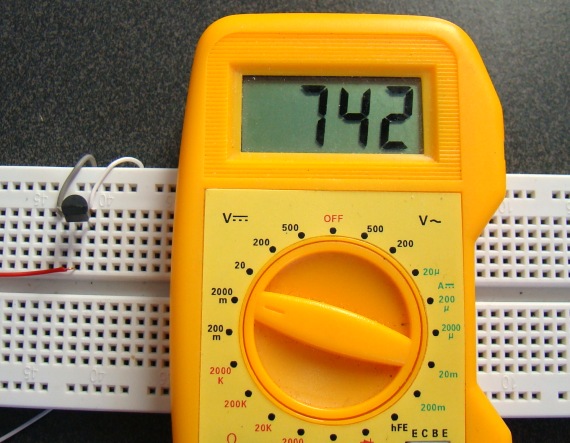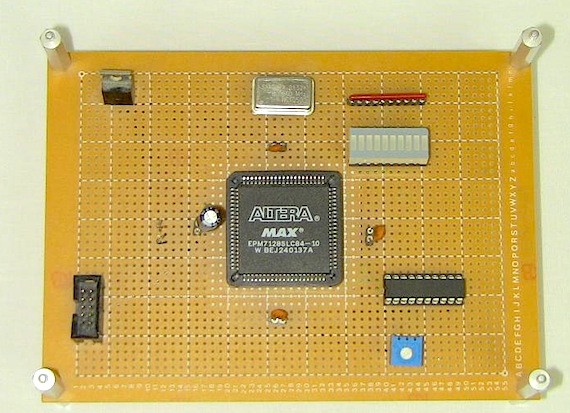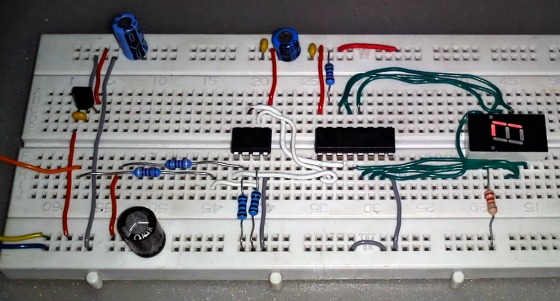Testing active analog temperature sensors with a multimeter

There are quite a variety of active analog temperature sensor ICs that provide an output voltage proportional to the temperature. They usually don’t require any external calibration and signal conditioning, and as such their output can be directly fed to the input of an ADC for digital processing. A few examples of such sensors are LM34, LM35, TMP35/36/37, and MCP9701. If you are having any trouble using any of these sensors in your project, here is a quick way to test if your sensor is working or not.
Read more


